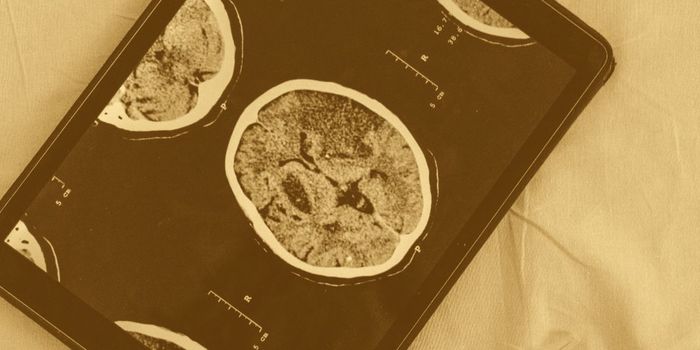Possible New Drug Targets for Glioblastoma
Scientists at Karolinska Institutet in Sweden were able to pinpoint 10 tumor-specific potential drug targets for the fatal and incurable brain cancer, glioblastoma. These targets were identified by a novel method based on specific protein transcripts.
Learn more about Glioblastoma, a tumor that currently occupies a high mortality rate:
"We have found disease-related changes in the cells that line the tumour blood vessels, so called endothelial cells, which have long been considered a possible clinical target for cancer treatment," says Lynn Butler, assistant professor at the Department of Molecular Medicine and Surgery, Karolinska Institutet, who led the study. "Proteins only expressed in the endothelial cells of the tumor vessels could be used as targets to attack the tumor’s blood supply, or for delivery of therapeutic agents, without affecting the normal brain."
Findings of the study were published in the scientific journal Cell Reports.
Our bodies carry more than 200+ variable cell types that perform their own role and function. A fundamental understanding of how these different cell types work and how they affect organ physiology allows us to understand the development disease pathology. To detect a specific cell type, researchers examine particular proteins being expressed through measurements of protein transcripts. Specifically, they analyzed protein markers in human brain tissue and biopsies of glioblastoma.
"These markers could provide insights into the biology of glioblastoma and represent potential tumor-specific targets for therapy," says Lynn Butler.
Previous studies on protein measurements in whole human brain tissue proved useful as these samples contain many different cell types. However, present researchers have developed a novel method to take in old data and detect transcripts only seen in certain types of brain cells, identify cell-type properties, and to compare other cell-type profiles taken from normal versus diseased brain tissue. The researchers used this method to predict 10 novel glioblastoma-specific endothelial cell transcripts not normally found in the vasculature of normal brain tissue.
Source: Science Daily









